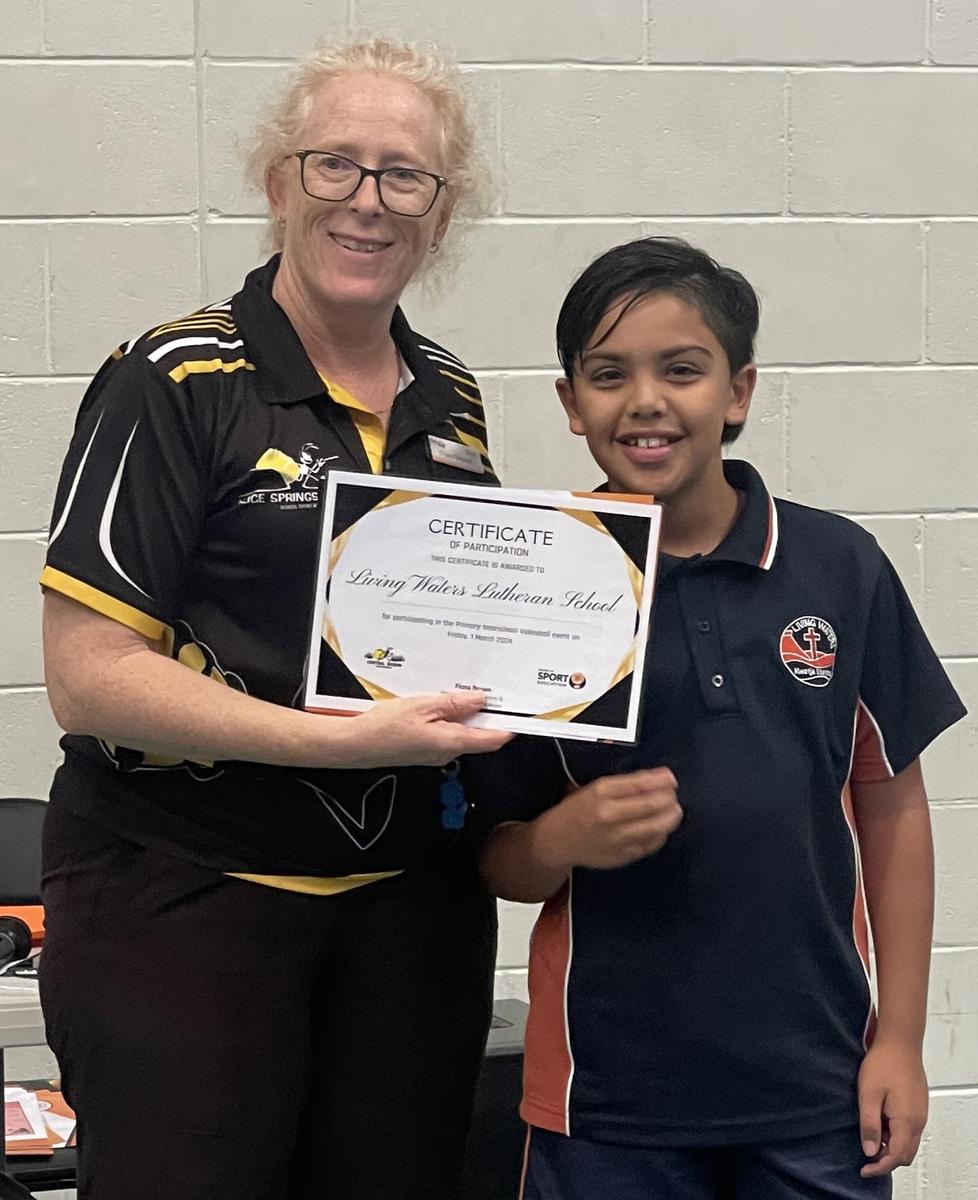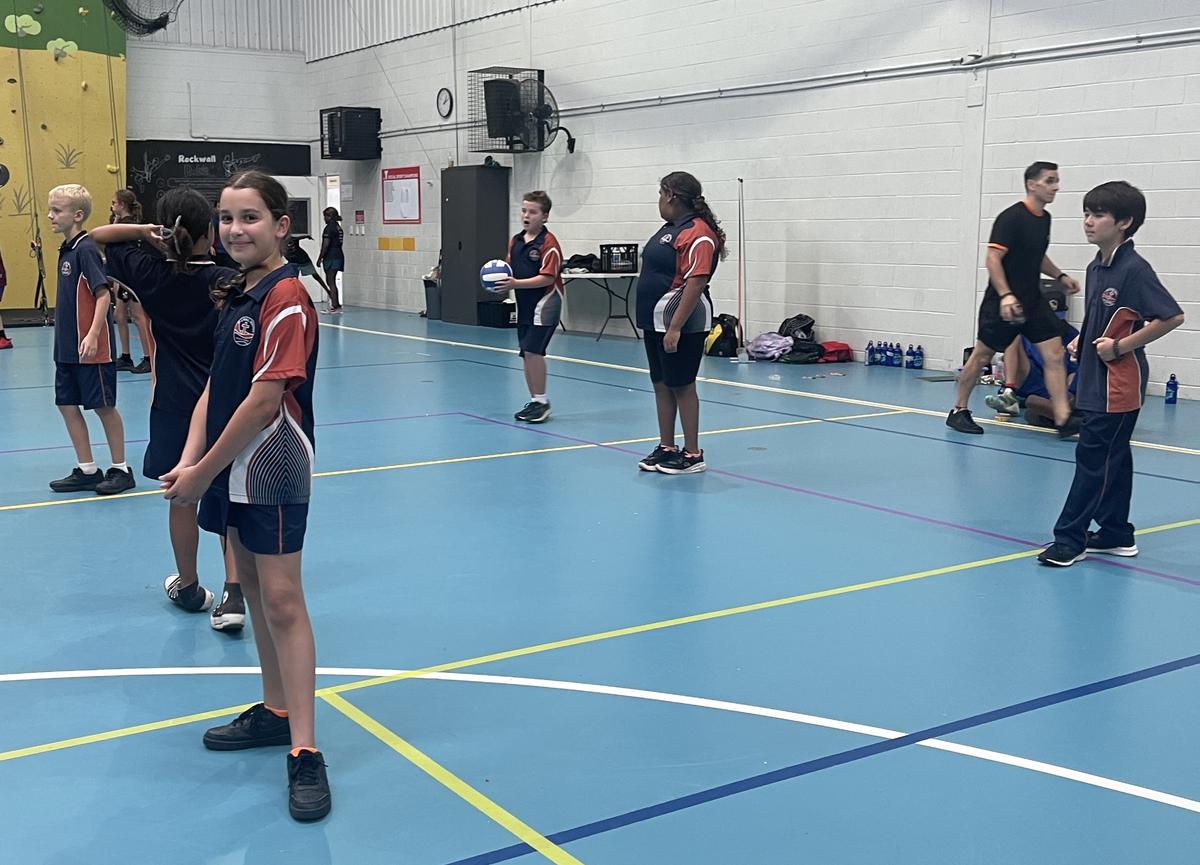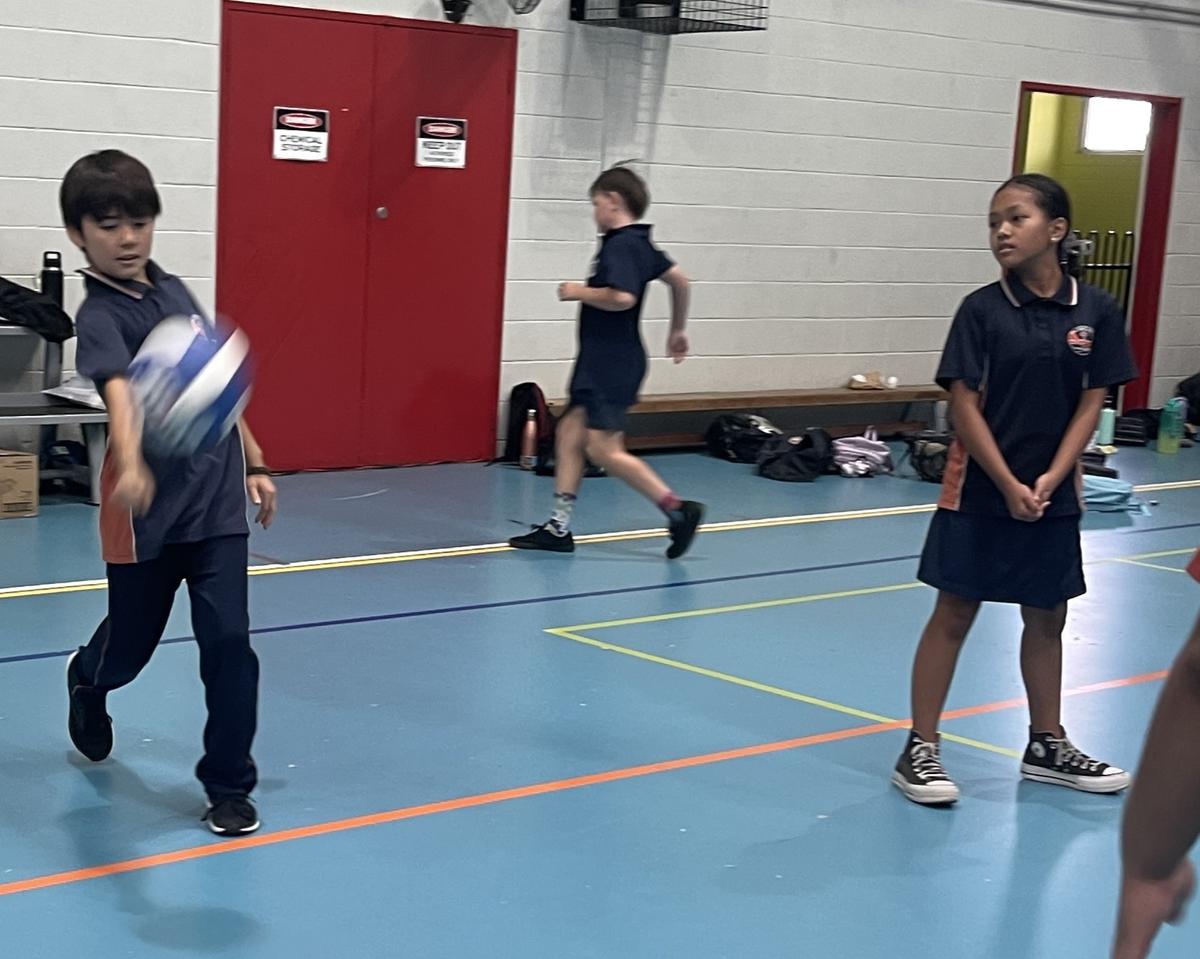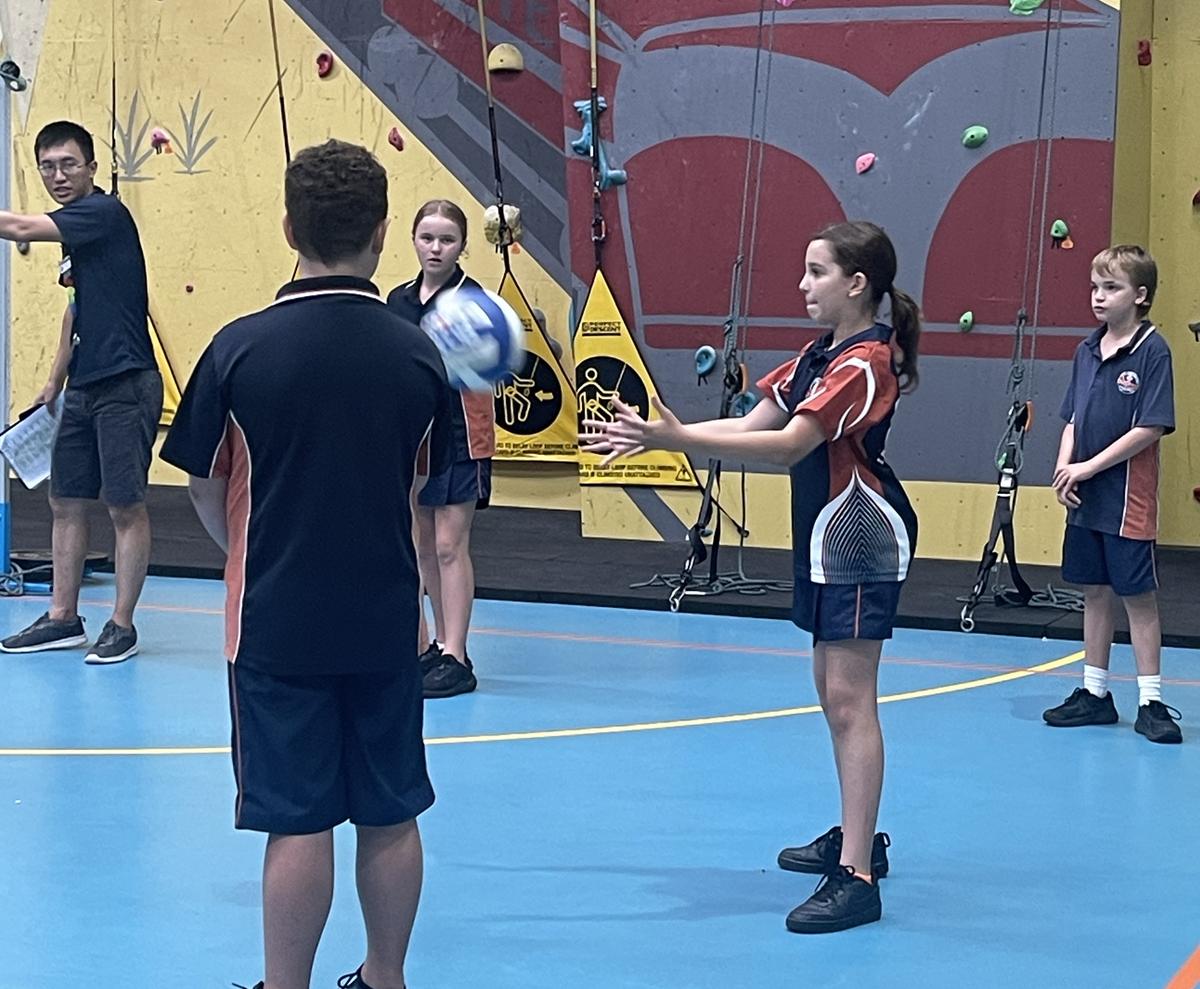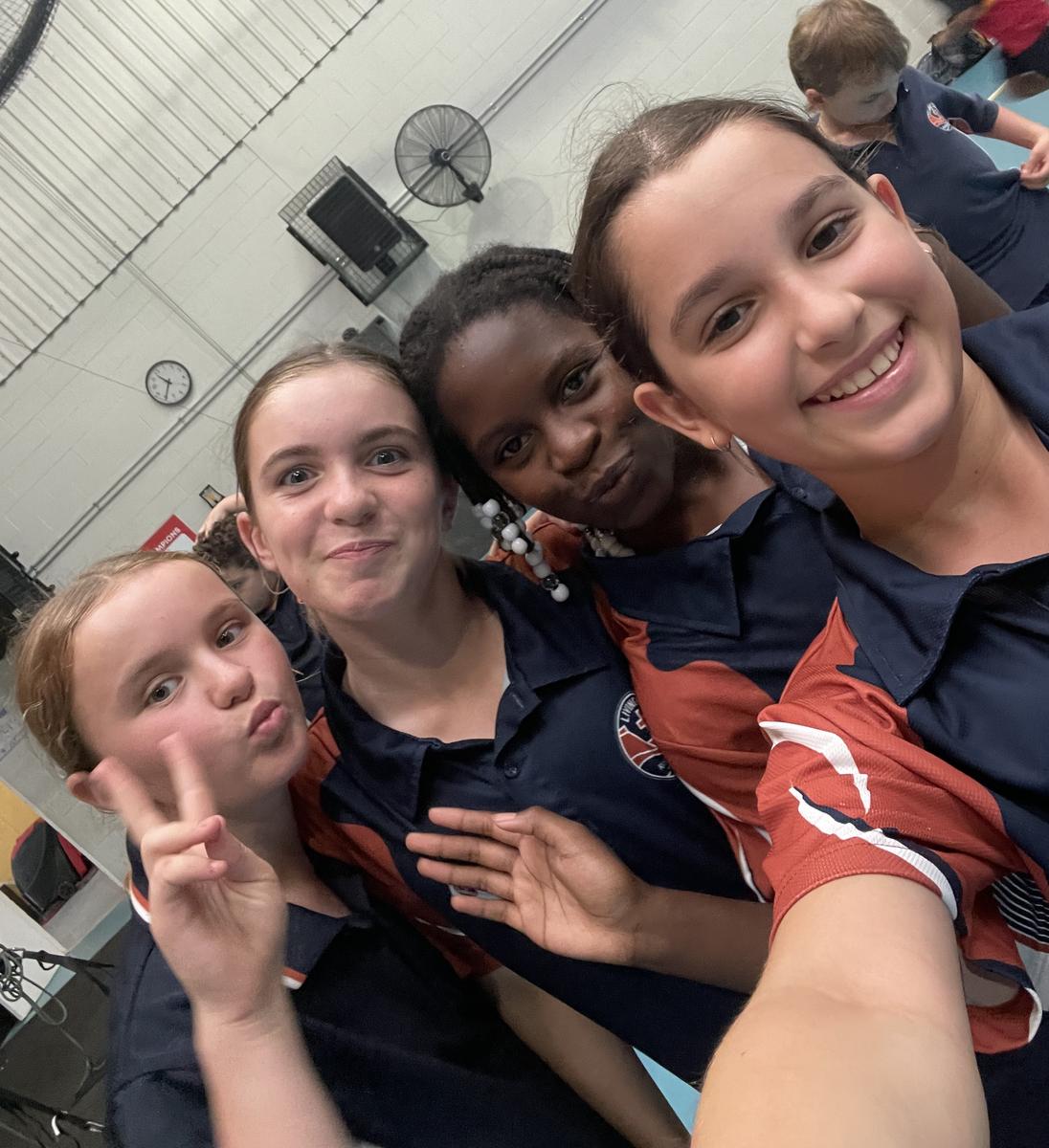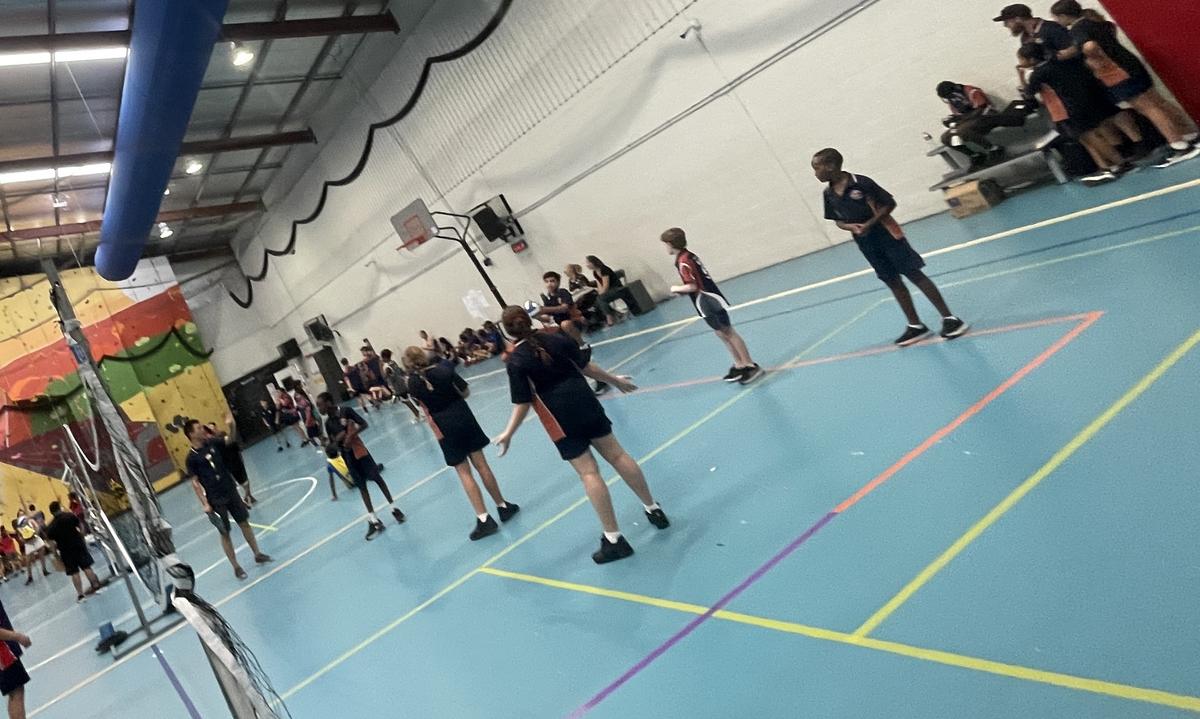School Spotlight
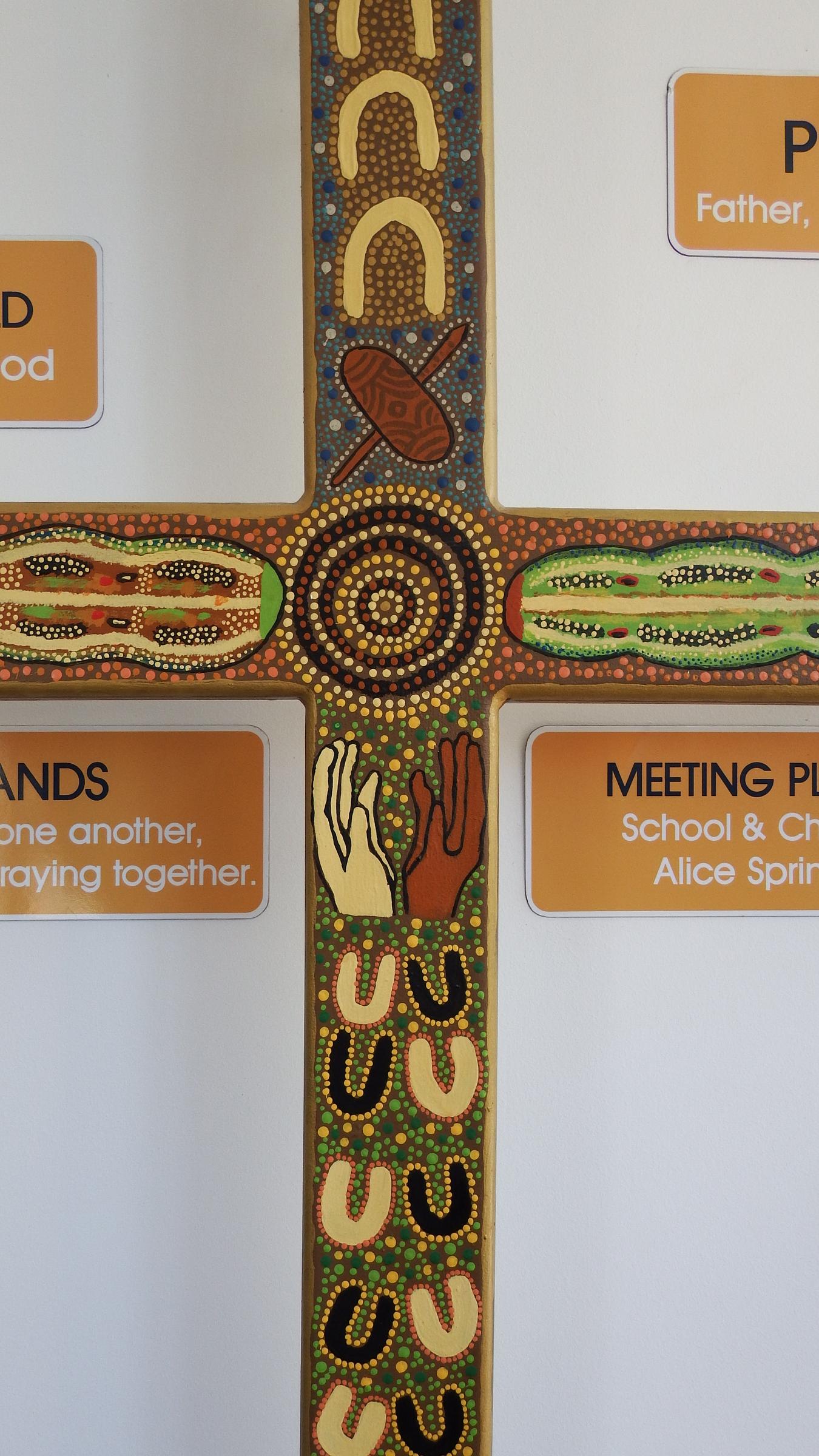
Welcome Merie!
Hi, I'm Merie Hattingh. I recently moved here from South Africa. I enjoy interacting with people of all ages. I have completed my Bachelor Education degree in South Africa and taught Year 2 for three years. I have two children. They have an age difference of four years between them. Both are still in primary school. In my spare time I enjoy reading and catching up on my series. I enjoy camping with my family.
Interschool Volleyball
Some of our Year 5 & 6 students participated in the Primary Interschool Volleyball Carnival at the YMCA Kilgariff Recreation Centre on Friday, 1 March. The students developed an interest and improved their skills in volleyball. Congratulations to all our students for doing so well!
Becoming Brave: Help Your Child Move Past Fear
Mar 24, 2016
What does it mean to be brave? If you ask your child this question, your child will probably say that being brave means not being afraid. That’s the wrong answer. It’s also an answer that keeps kids from becoming brave.
Bravery doesn’t mean fearlessness. It means doing something even though we’re scared. To become brave, children need to learn to tolerate feeling scared and not let fear hold them back.
Feeling scared is often a sign that kids are doing something new or challenging. If they wait until they don’t feel scared before they start, they may never get there. They could miss out on fun experiences and important learning opportunities.
Some children seem to come out of the womb as fearless little daredevils, but other kids have to learn to be brave. According to research by Jerome Kagan at Harvard University, about one out of every five babies is born with an inhibited temperament. These babies are easily overwhelmed by new situations. For instance, although most babies look interested when they see a new mobile, inhibited babies tend to cry and arch their backs. Fortunately, experience can modify temperament. Kagan finds that two-thirds of inhibited babies do not grow up to be shy toddlers. Somehow, these kids learn to cope and become less fearful.
Here are some ways you can help your child become brave:
Acknowledge your child‘s feelings. When we see our kids overreacting to a situation we know isn’t dangerous, it may be tempting to dismiss their fears by saying, “Don’t be scared! There’s nothing to be afraid of!” This rarely works. Instead, acknowledge your child’s struggle. For instance, you could say, “You’re feeling nervous because you don’t know what to expect,” or “You’re worried about how you will do.” Knowing you understand can ease the weight of your child’s feelings and make it easier for your child to cope.
Offer information. Ask your child, “What are you worried about?” or “What are you afraid might happen?” to clarify their concerns. Sometimes kids are frightened because they have misunderstood something or don’t know key pieces of information. As a young child, my father was afraid of firefighters because he thought they set fires. He felt much better when he learned their true role!
Familiarity can often ease fears. Kids who are nervous about starting a new school often feel better equipped to cope when they’ve had a tour, so they know where the bathroom is and how to get from the bus drop-off to their classroom.
You may also want to discuss what your child can do in certain situations. For instance, if your child is worried that she won’t be able to find you at pick-up time, you can make a plan to meet in a certain place.
Let your child borrow your confidence. Kids look to parents to see, “Should I be scared here?” Psychologists call this “social referencing.” For instance, when children see a dog for the first time, they’ll look up to Mom or Dad to judge whether or not the dog is dangerous. If their parent looks relaxed, it’s easier for the child to approach the dog.
When our kids are scared, often our instinct, as parents, is to protect them. We don’t want our kids to suffer, so we help them escape or avoid scary situations. But that tells them, “This is too hard for you to handle!”
Instead, we want to help our children stay in the situation, so they can get used to it. Tell your child, “It’s hard, but I know you can do it.” Show your faith in your child’s ability to cope.
Take baby steps. Helping kids become brave doesn’t have to happen all at once. Taking a step-by-step approach can help build up their confidence. For instance, if your child is interested in tae kwon do but nervous about taking the class, you could try first just watching a class with your child, then taking a class together, then having your child take a class alone while you wait nearby, then dropping your child off for a class and returning at the end.
Tell stories of struggle then triumph. Helping kids remember times when they’ve conquered fears can help them muster bravery. For example, you could tell your child, “I remember when you were first learning to ride a two-wheeler. You were so scared to take the training wheels off! You even fell a few times, but you kept trying, and now look at you, zipping around on your bike!”
Model bravery. Our kids learn more from what we do than from what we say. By taking on new challenges where we’re not instantly successful, we show our kids that it’s okay to struggle.
I’ve never been athletic, but some years ago, I decided to take ice skating lessons along with my kids. While they glided past, doing turns and skating backward, I cautiously inched my way forward. I was afraid of falling, afraid of getting stuck, and afraid of someone bumping into me, but I wanted to learn at least the basics. Gradually, with the instructor’s help, I became more confident. It was a fun role reversal to hear my kids encouraging me, “You can do it, Mommy!”


